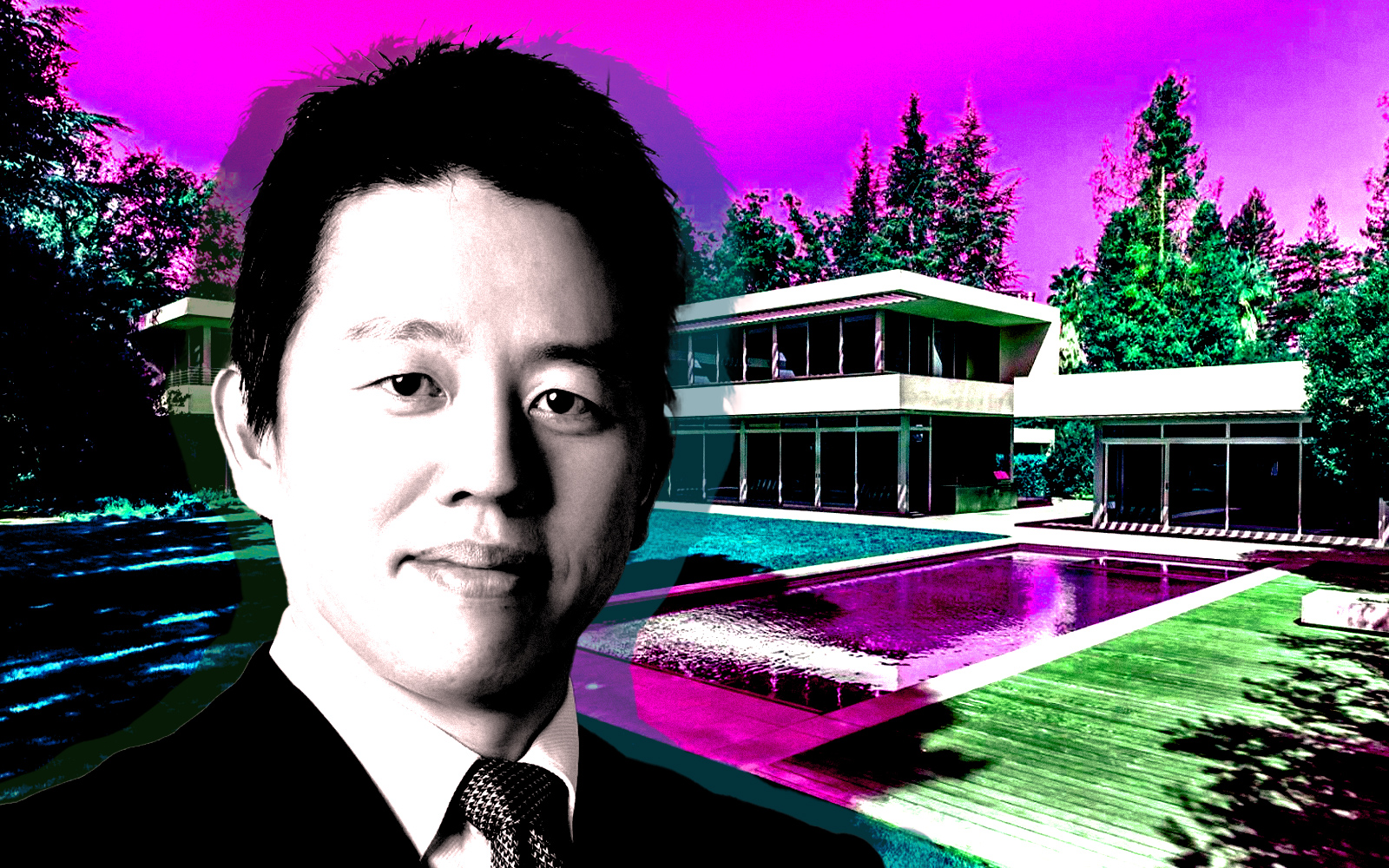For months Atherton — a San Francisco suburb that has long ranked as the country’s richest community — has been roiled by a fight over local housing planning. It’s a debate that grew even louder when NBA star Steph Curry joined the local NIMBY team.
But now, Atherton’s housing debate has escalated further, with irate residents pleading for their elected officials to sue the state of California and one councilmember publicly arguing that the wealthy city deserves unique treatment. The dispute could garner national attention, given the city’s profile and who’s who list of wealthy residents.
“We need to convince them of the specialness of Atherton,” councilmember Elizabeth Lewis said during a recent council meeting, referring to state authorities, “and hopefully reduce their expectations of us.”
The expectation from Sacramento authorities is that every city — even wealthy ones — does its fair share to combat the state’s housing shortage.
Located in the heart of Silicon Valley, Atherton has a population of around 7,000 and an average household income of over $530,000. The city has long attracted highly affluent residents — along with Curry, other notable Athertonians have included the tech giants Paul Allen and Marc Andreessen. Part of its allure is due to its restrictive zoning and one acre minimum lot sizes; in 2021, the median home sale price was $7.5 million.
The city’s current development fight centers on California Housing Element Law and state planning mandates, the same laws at the root of major development fights in SoCal cities such as Huntington Beach and Beverly Hills.
Atherton’s latest Housing Element update was due on January 31, the same deadline faced by other Bay Area jurisdictions. But for this update, which details housing planning through 2031, the state had determined Atherton needed to accommodate 348 new units, far more than the 93 the state allocated eight years ago.
Residents were not happy.
Last spring, as the city was working on its update, one public meeting grew feisty, the local paper the Almanac reported, with one resident suggesting Atherton try to skirt the requirement by paying a $100,000 monthly fine. The mayor insisted the city would not fight the allocation number, and invoked the experience of nearby Woodside, another wealthy town that became something of a national joke when it tried to evade the new California duplex law SB 9 by claiming the entire town qualified as a protected mountain lion habitat.
“Woodside’s experience, where they tried to fight SB 9 with the mountain lion law, it received a severe reaction,” he said. “That kind of showed us the last thing you want is to be completely out of line with this issue and we’re not going to be.”
The town held a series of meetings, and came up with a draft plan that included townhouses. But residents consistently balked, particularly at the multifamily option, claiming the city’s new zoning would “destroy the character of the community” and represent a “grave mistake that Atherton would regret forever.”
NIMBY tantrum
Last summer Andreessen, who had previously presented himself as a housing advocate, submitted a scathing public comment to the city with his wife “to communicate our IMMENSE objection to the creation of multifamily overlay zones … They will MASSIVELY decrease our home values, the quality of life of ourselves and our neighbors and IMMENSELY increase the noise pollution and traffic.”
Months later Curry chimed in, more politely, against one specific proposal near his house, arguing “there are major concerns in terms of both privacy and safety with three-story townhomes looming directly behind us.”
The city ended up nixing the multifamily zoning plan. Instead, last July, officials submitted a draft plan to the state that relied mostly on hypothetical development from new ADU construction, lot splits from SB 9 and building on school sites to meet the quota.
The state rejected that draft as unrealistic in October 2022. Town officials considered other options, including adding more units at a local college, but resisted adding multifamily plans, even as the January approval deadline loomed and some officials sensed another rejection was coming.
“We’re just kicking this can down the road,” one councilmember told his colleagues last fall.
He was right. At a contentious meeting on January 31, the state’s deadline for compliance, city council — now fearful of potential builder’s remedy projects — ended up adopting a Housing Element that still relied predominantly on ADUs but did include one multifamily zoning overlay at 23 Oakwood Boulevard, the site Curry was worried about.
“This is over my fence and yes, I’m NIMBY, whatever everybody wants me to call me,” one neighbor said at the meeting. “I will have people staring into my yard, into my bedroom window.”
Last month, the state again rejected the plan anyway, and advised Atherton to, among other fixes, better demonstrate that its ADU and lot-split sites are realistic and “analyze and demonstrate realistic opportunities for multifamily.”
Two weeks later, at another council meeting, the councilmembers were left debating the technicalities of new criteria the town could use to identify potential multifamily sites, even as they also tried to reduce the number of actual sites that would make the list. Their constituents were still outraged, with some calling for the officials to abandon the compliance attempt altogether and pursue litigation.
“We don’t trust you anymore,” one resident said. “You betrayed our trust by presenting this.”
The reaction was quite different outside of town limits.
“What’s that on the horizon?” a San Jose resident asked on Twitter. “Looks like the Builder’s Remedy is coming to town.”
Read more



